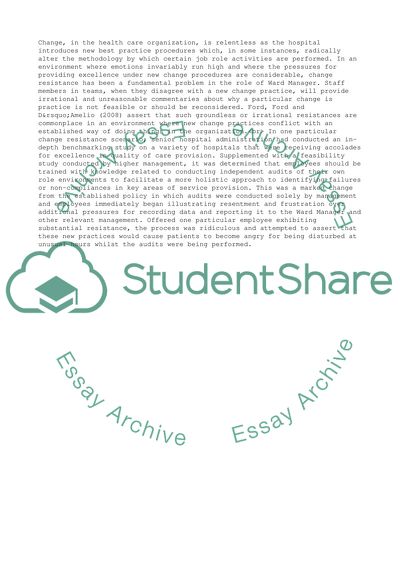Cite this document
(An Analysis of Personal Leadership Development in the Health Care Literature review, n.d.)
An Analysis of Personal Leadership Development in the Health Care Literature review. Retrieved from https://studentshare.org/management/1673080-write-a-short-report-explaining-how-you-see-your-focus-for-developing-your-leadership-during-this-programme-the-report-does-not-need-to-follow-any-particular-format-or-layout-but-should-contain-the-following-three-main-elements
An Analysis of Personal Leadership Development in the Health Care Literature review. Retrieved from https://studentshare.org/management/1673080-write-a-short-report-explaining-how-you-see-your-focus-for-developing-your-leadership-during-this-programme-the-report-does-not-need-to-follow-any-particular-format-or-layout-but-should-contain-the-following-three-main-elements
(An Analysis of Personal Leadership Development in the Health Care Literature Review)
An Analysis of Personal Leadership Development in the Health Care Literature Review. https://studentshare.org/management/1673080-write-a-short-report-explaining-how-you-see-your-focus-for-developing-your-leadership-during-this-programme-the-report-does-not-need-to-follow-any-particular-format-or-layout-but-should-contain-the-following-three-main-elements.
An Analysis of Personal Leadership Development in the Health Care Literature Review. https://studentshare.org/management/1673080-write-a-short-report-explaining-how-you-see-your-focus-for-developing-your-leadership-during-this-programme-the-report-does-not-need-to-follow-any-particular-format-or-layout-but-should-contain-the-following-three-main-elements.
“An Analysis of Personal Leadership Development in the Health Care Literature Review”, n.d. https://studentshare.org/management/1673080-write-a-short-report-explaining-how-you-see-your-focus-for-developing-your-leadership-during-this-programme-the-report-does-not-need-to-follow-any-particular-format-or-layout-but-should-contain-the-following-three-main-elements.


